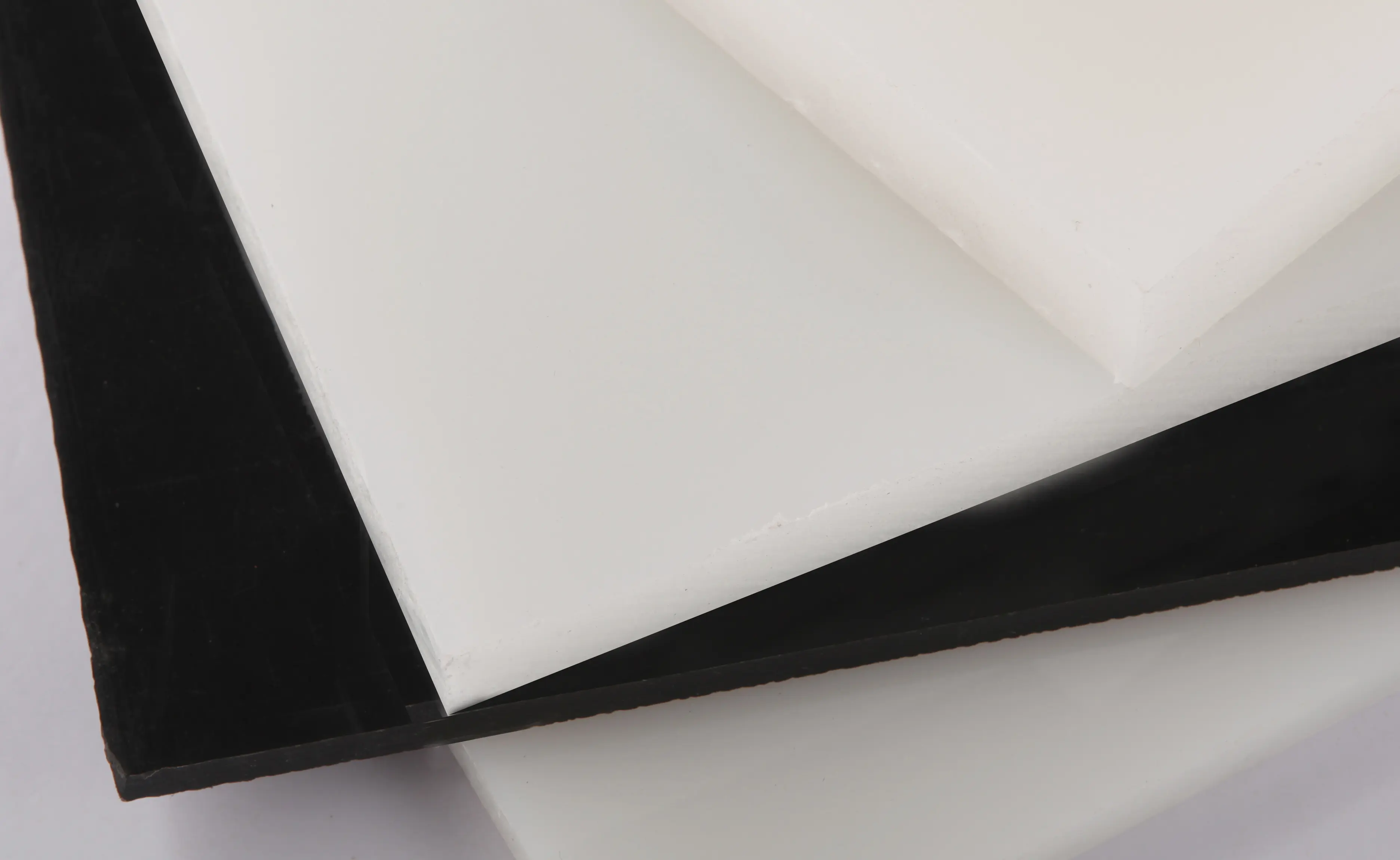Sep . 05, 2024 06:54 Back to list
pipe fitting
Understanding Pipe Fittings Essential Components in Engineering and Plumbing
Pipe fittings are vital components in plumbing and engineering systems, ensuring the efficient transportation of fluids and gases across various industries. These fittings connect straight sections of piping, adapt different sizes, or change the direction of flow, playing an integral role in the integrity and functionality of piping systems.
Types of Pipe Fittings
There is a wide array of pipe fittings available, each designed for specific applications. The most common types include
1. Elbows Used to change the direction of a pipe. They come in various angles, typically 90, 45, or 22.5 degrees, allowing for flexible system design. 2. Tees These fittings allow for the branching of a pipeline into two different directions. A tee fitting can be configured to create either a standard tee or a reducing tee, accommodating different pipe sizes.
3. Couplings Used to connect two pipes of the same diameter, couplings can also serve as a repair fitting to join damaged sections of a pipe.
4. Reducing Fittings These fittings are crucial when there is a need to connect pipes of various diameters, optimizing fluid flow and preventing backpressure within the system.
5. Cap and Plug A cap is used to close the end of a pipe while a plug serves a similar purpose but is designed for pipes that have tapered threads.
6. Flanges These flat surfaces provide a stable connection point for pipes. Flanges are usually bolted together with a gasket to ensure a leak-proof seal, ideal for high-pressure applications.
Materials Used in Pipe Fittings
pipe fitting

Pipe fittings come in various materials, each suited to specific applications based on their properties. The most commonly used materials include
- PVC (Polyvinyl Chloride) Lightweight and resistant to corrosion, PVC fittings are extensively used in residential plumbing and irrigation systems.
- CPVC (Chlorinated Polyvinyl Chloride) Suitable for hot water applications, CPVC can withstand higher temperatures than standard PVC.
- Copper Known for its durability and antimicrobial properties, copper fittings are often used in plumbing, heating, and cooling systems.
- Steel Both galvanized and black steel fittings are used for heavy-duty applications. Galvanized fittings are coated to prevent rust, making them ideal for water supply lines.
- Stainless Steel Highly resistant to corrosion, stainless steel fittings are commonly used in food processing, pharmaceuticals, and marine industries where hygiene is critical.
Installation and Maintenance
Proper installation and maintenance of pipe fittings are essential to ensure longevity and efficiency. It is crucial to follow the manufacturer's guidelines and local building codes during installation. Regular inspections can detect early signs of leaks or wear, which can prevent costly repairs and downtime.
In conclusion, understanding the various types of pipe fittings, their materials, and proper installation techniques is crucial for achieving efficient fluid transport in plumbing and industrial systems. As industries continue to evolve, advancements in pipe fitting technology will likely enhance both their performance and reliability, making them even more indispensable in modern infrastructure.
-
PVC Transparent Sheet Roll - Durable & Flexible PVC Plastic Sheet Roll for Industrial & Home Use
NewsJun.24,2025
-
High-Quality PVC PPR Pipes and Fittings Durable ERA PPR Solutions
NewsJun.10,2025
-
High-Quality Large HDPE Sheets & Large Diameter PVC Pipe Durable Large PVC Pipe Supplier
NewsJun.10,2025
-
High Density Polyethylene Cutting Board - Durable & Food Safe
NewsJun.09,2025
-
3 Inch PVC Pipe for Durable Irrigation Affordable & Reliable
NewsJun.09,2025
-
Premium PPR Plastic Water Pipe Fittings - Durable & Leak-Free
NewsJun.09,2025

